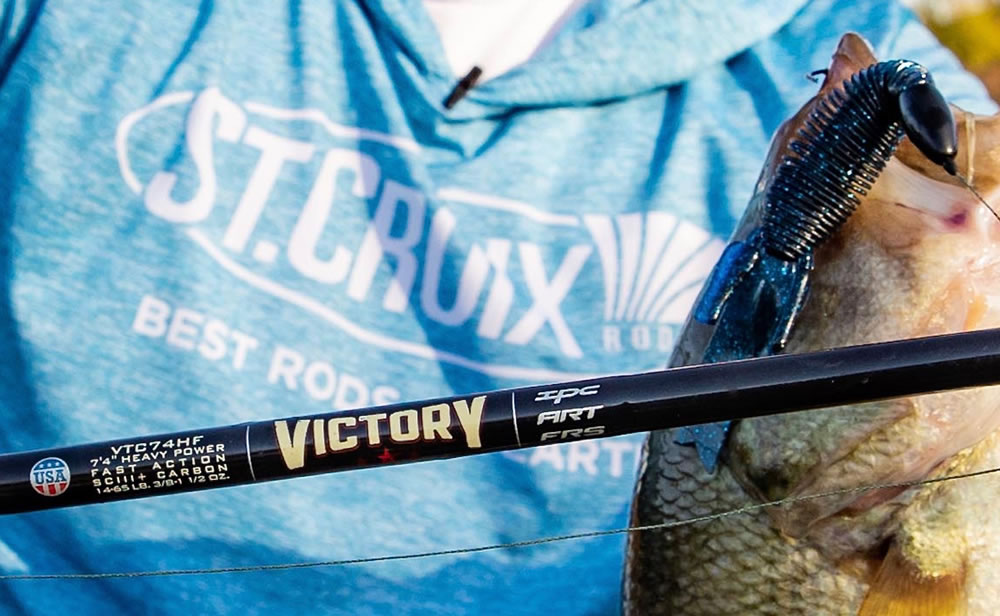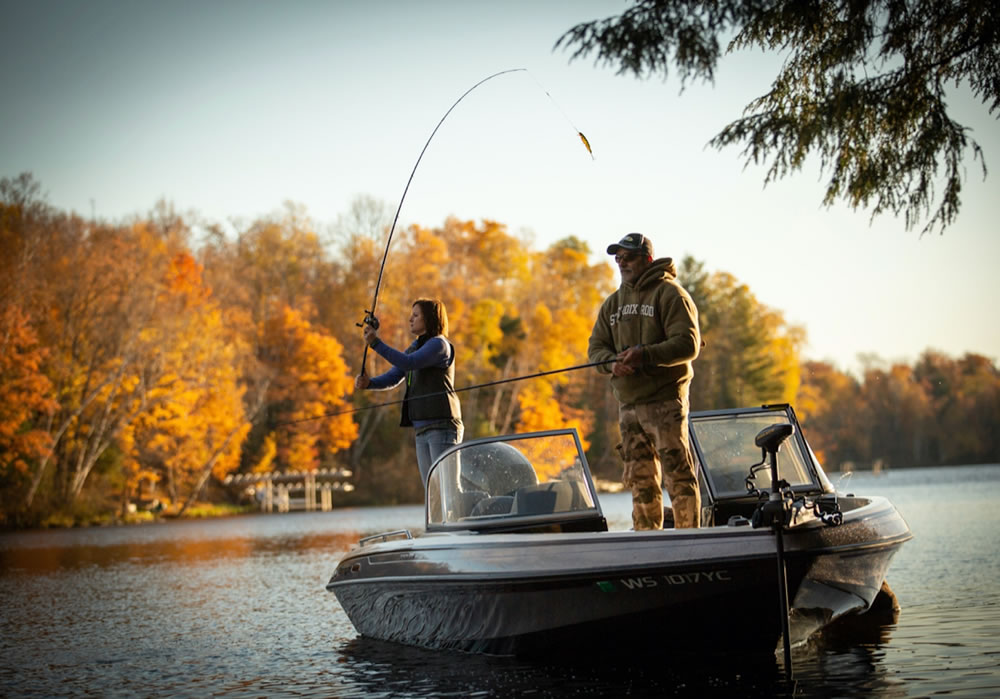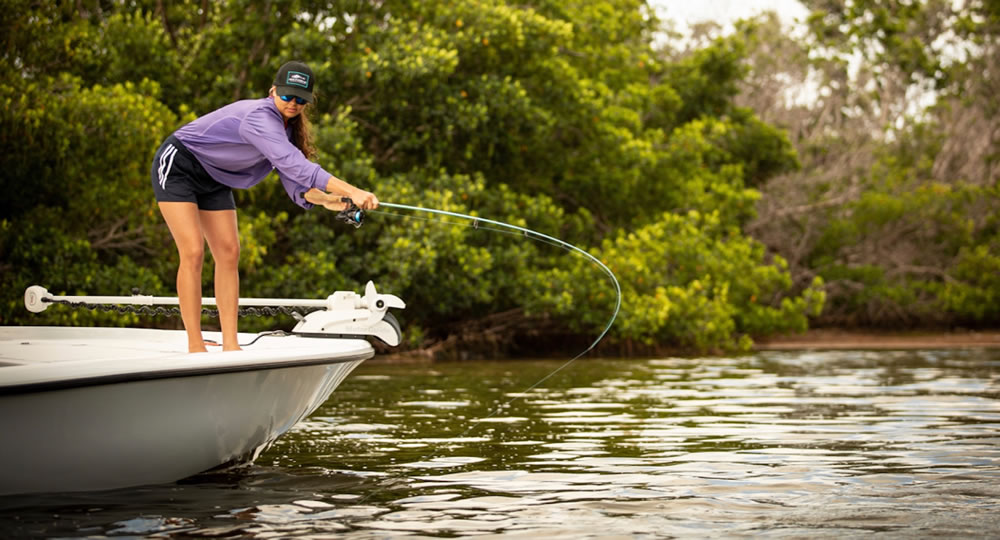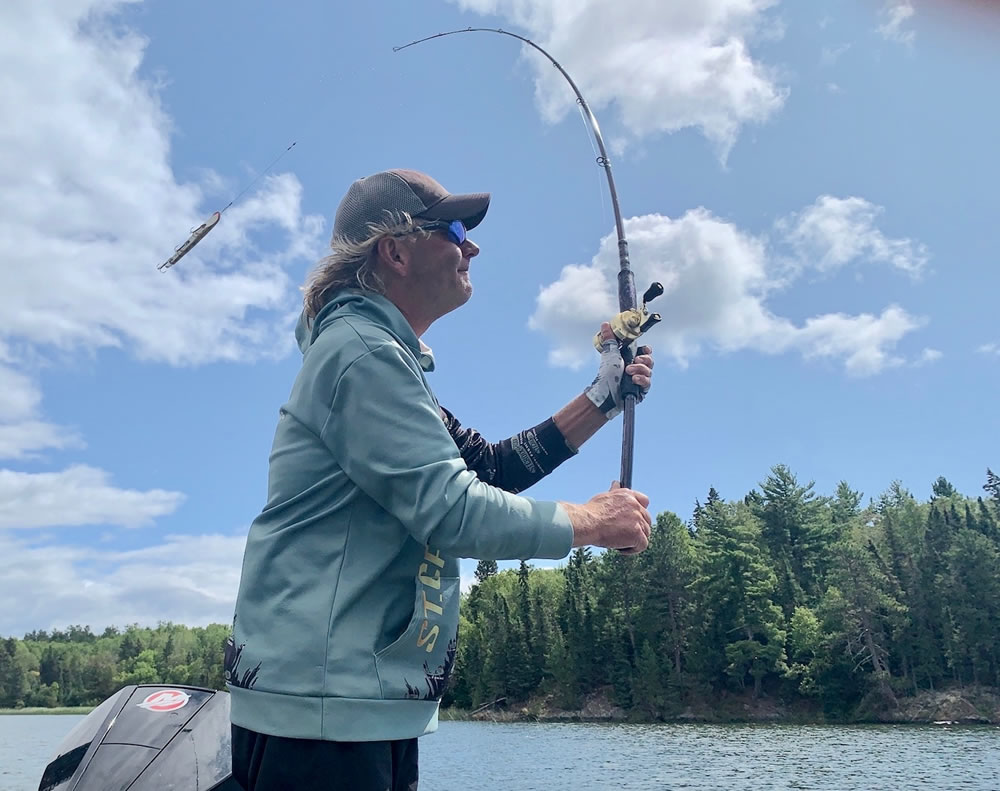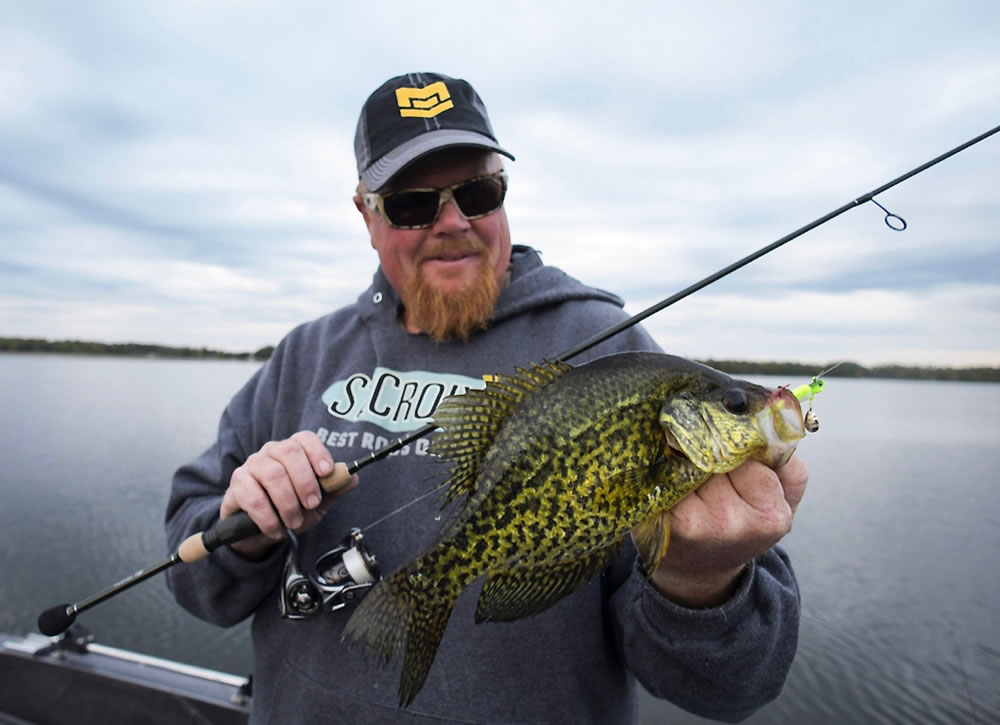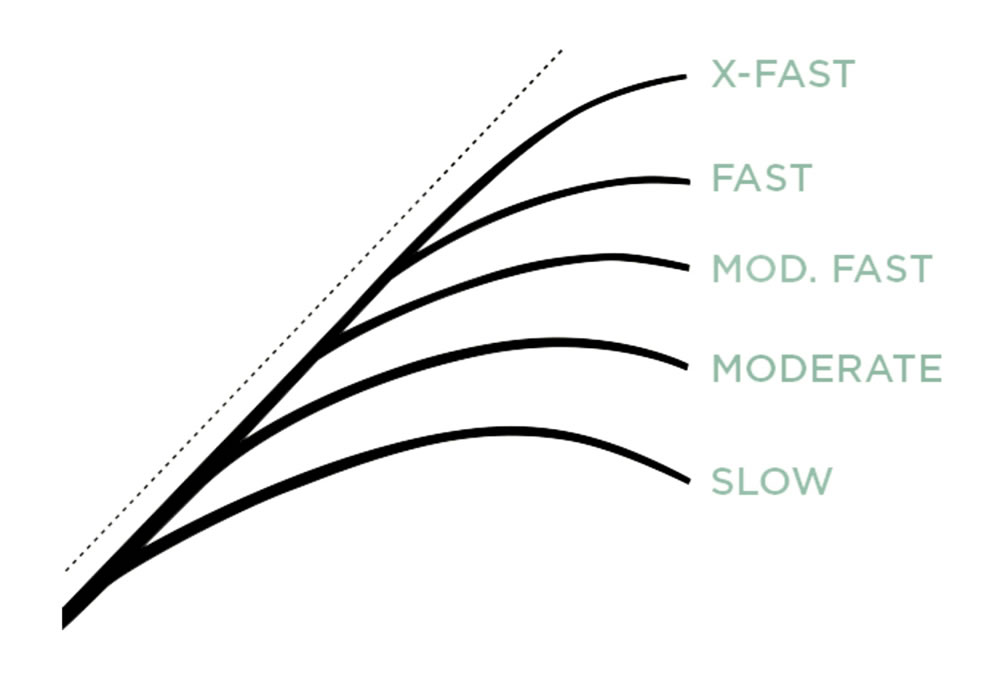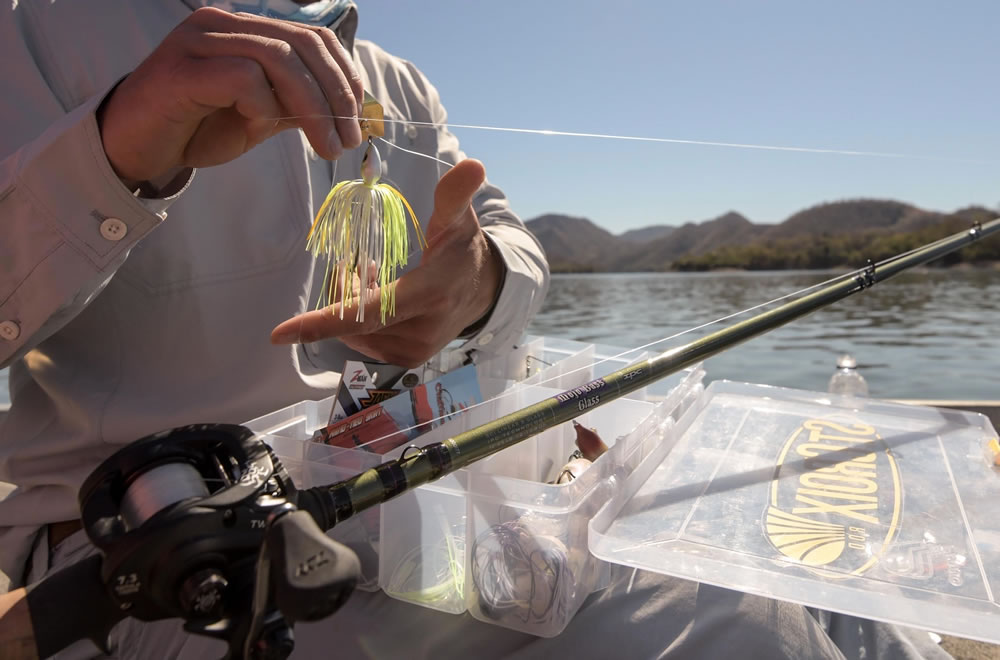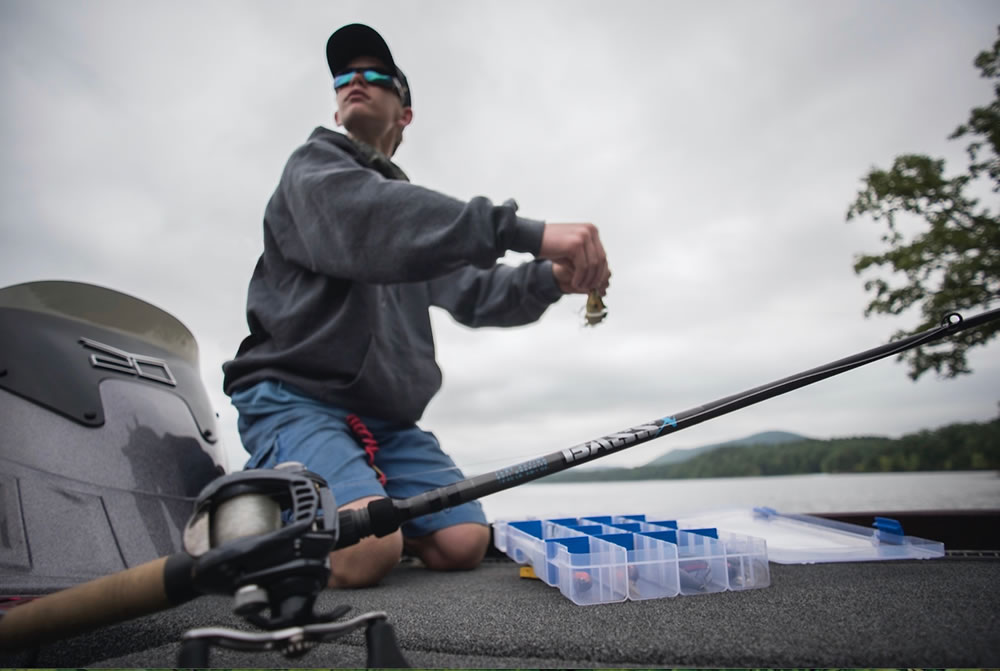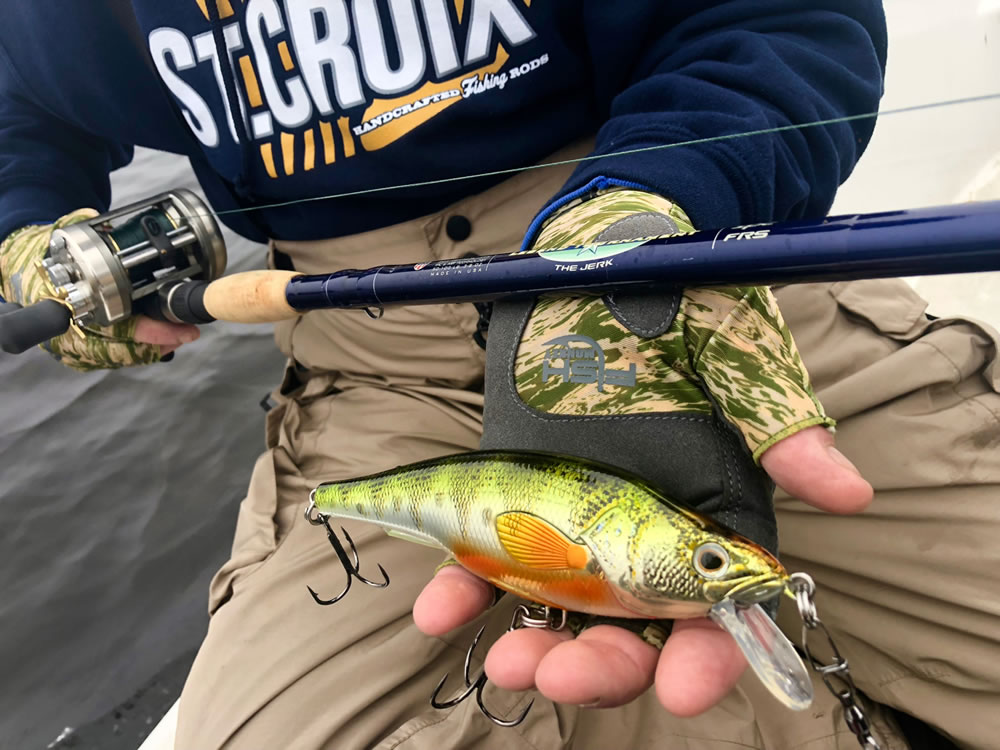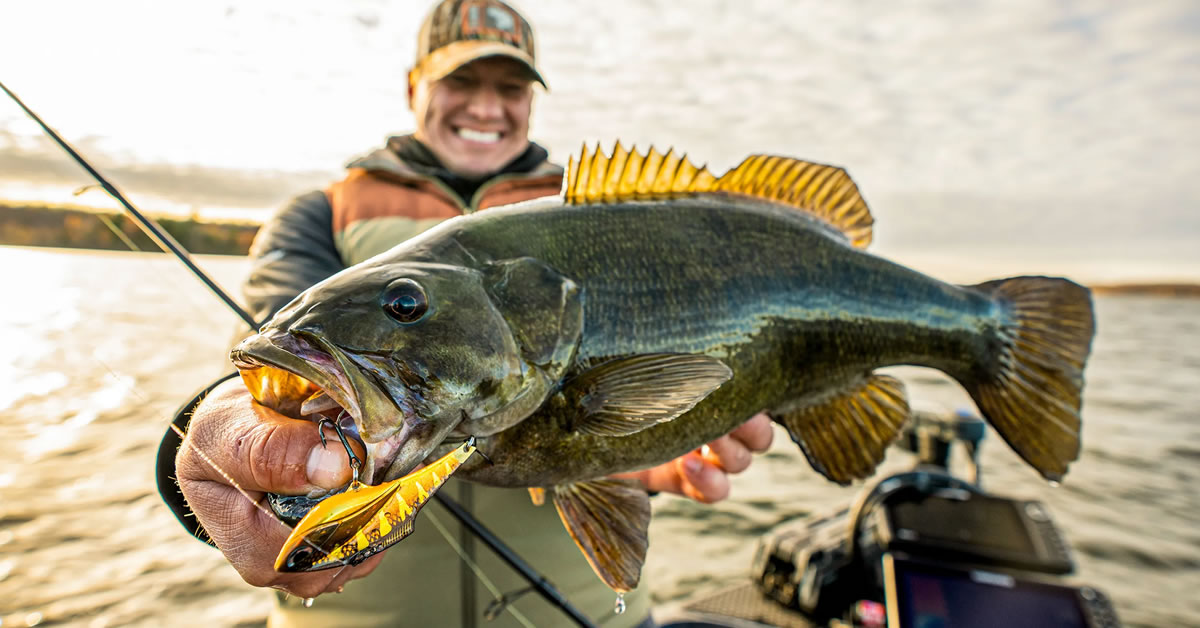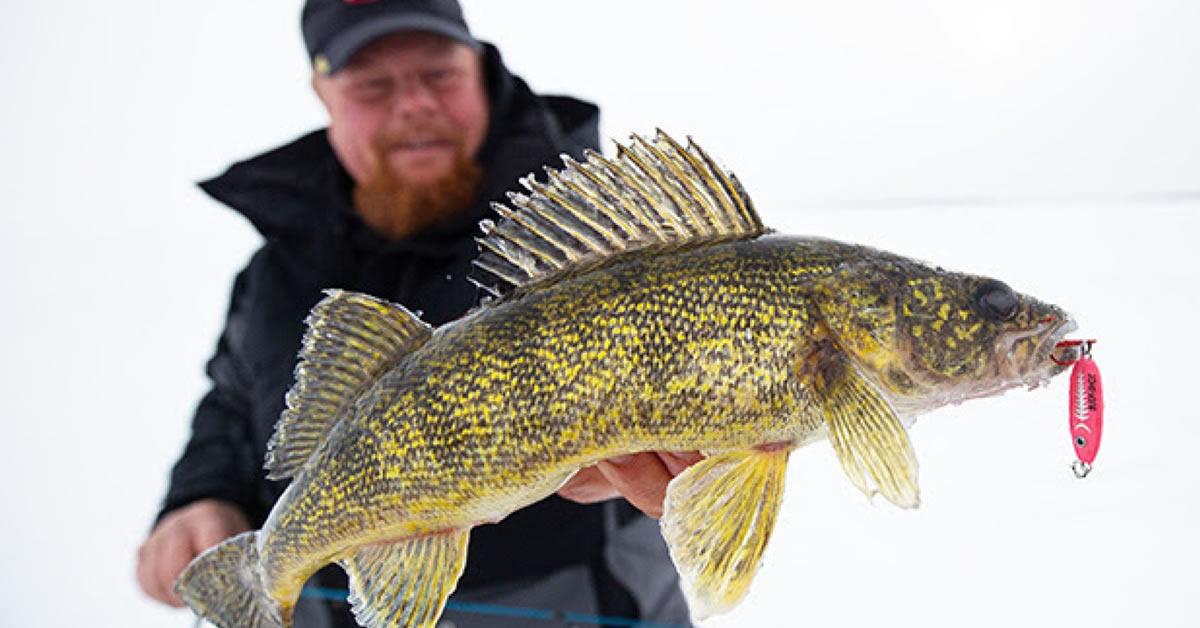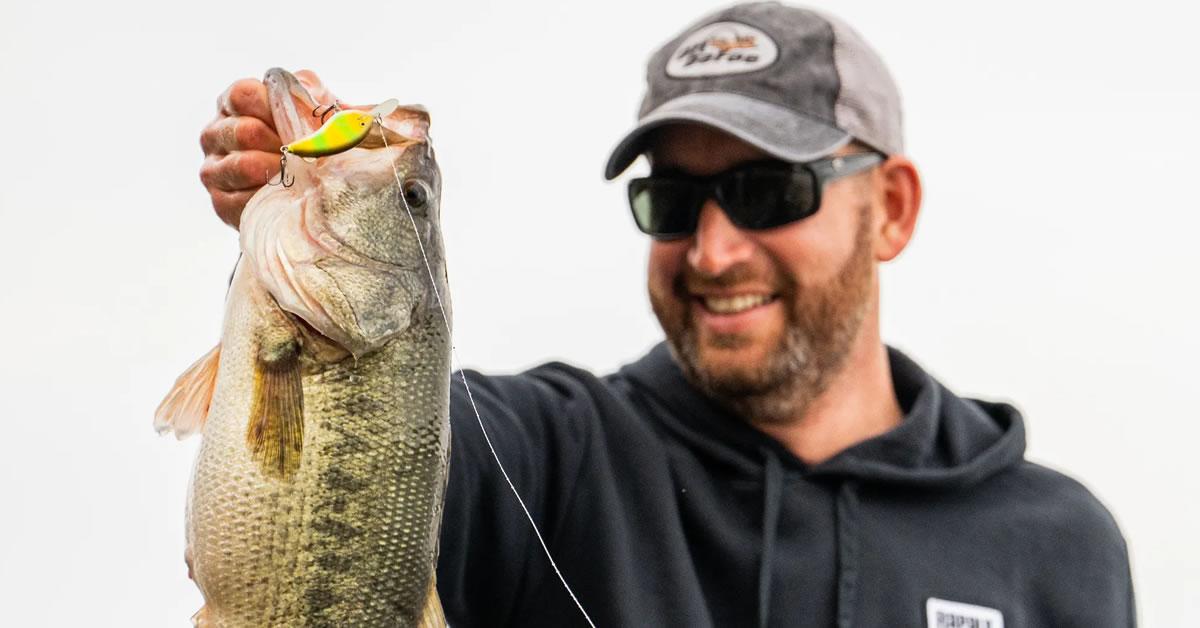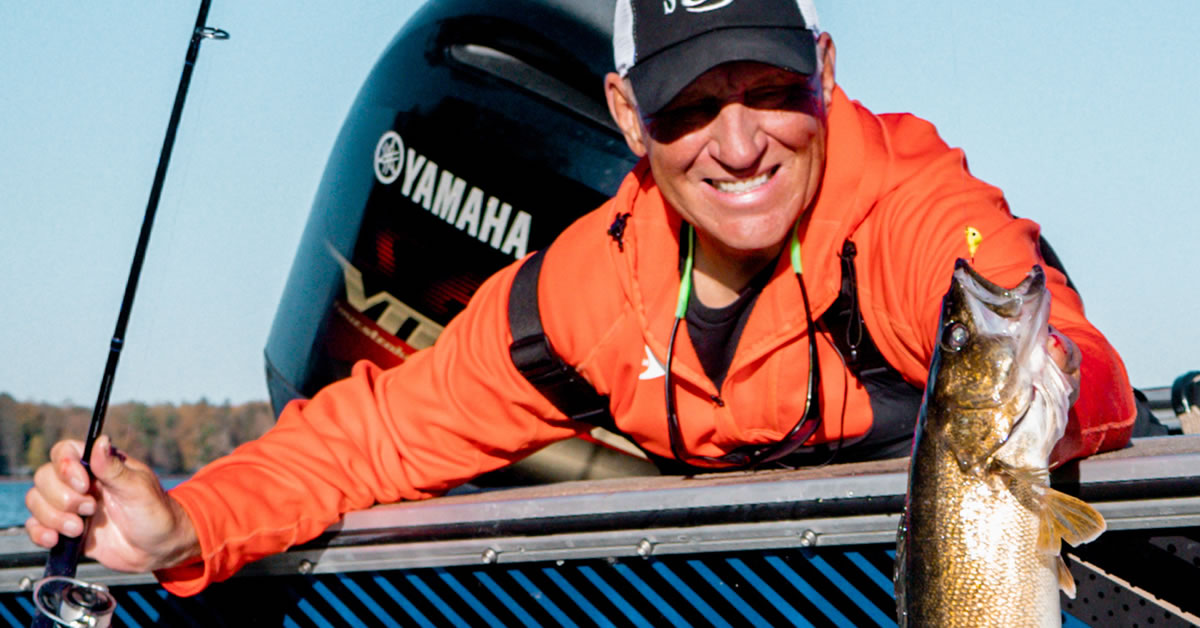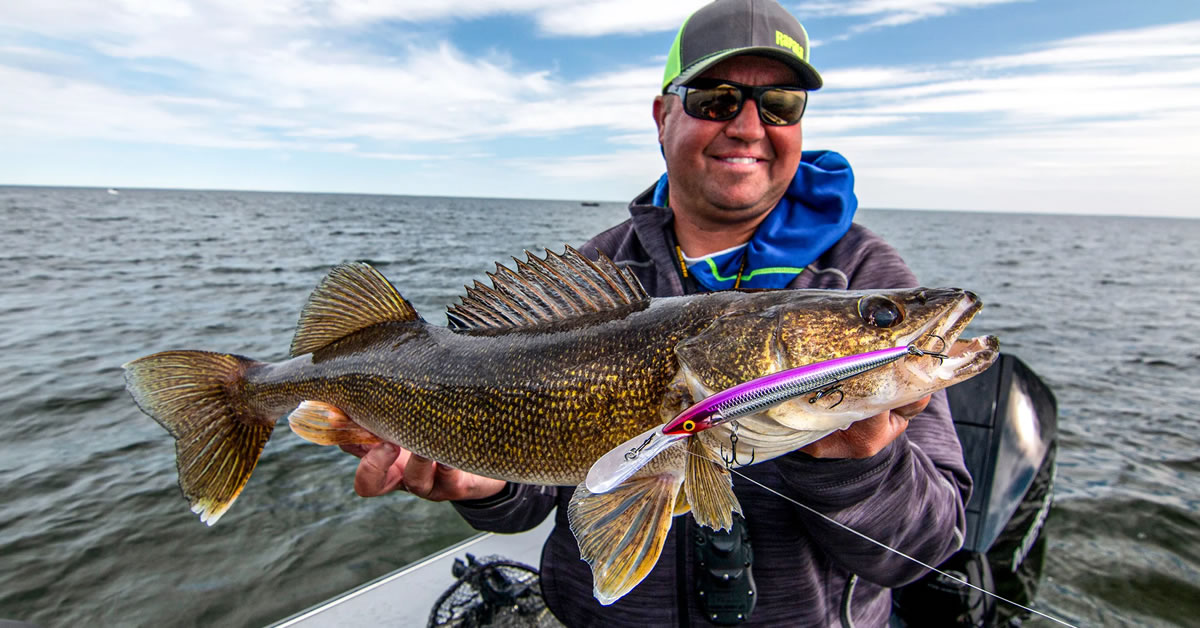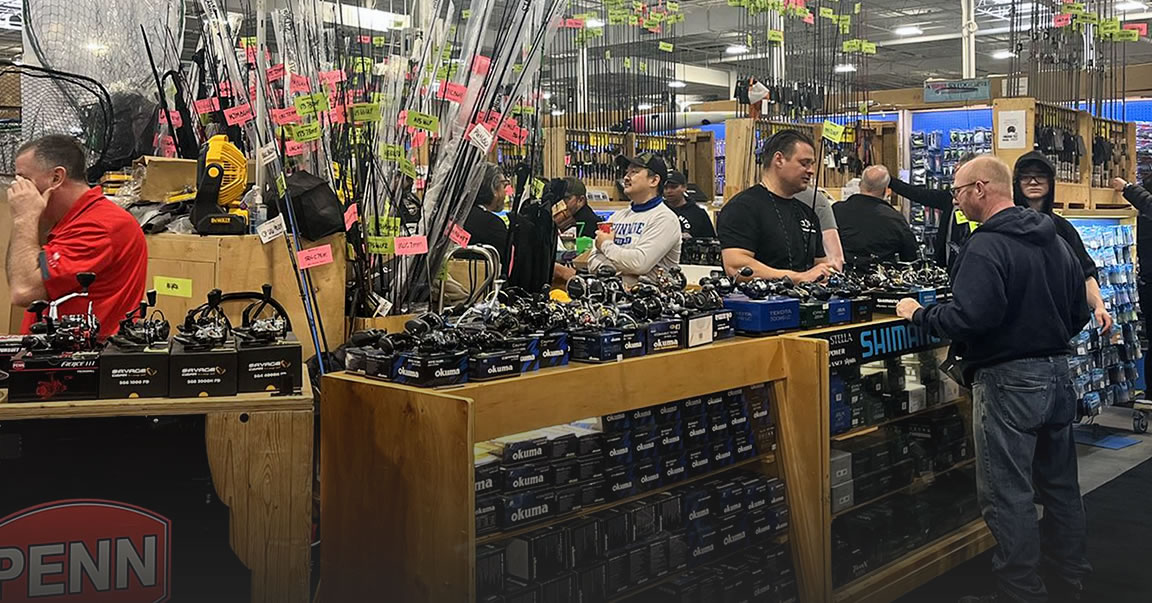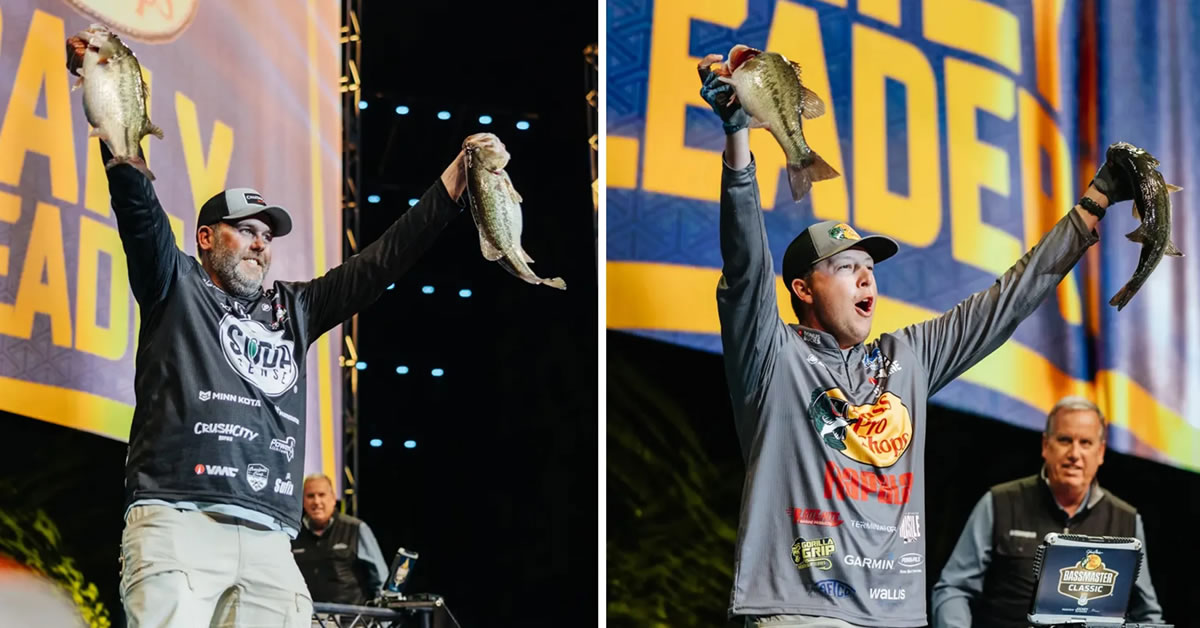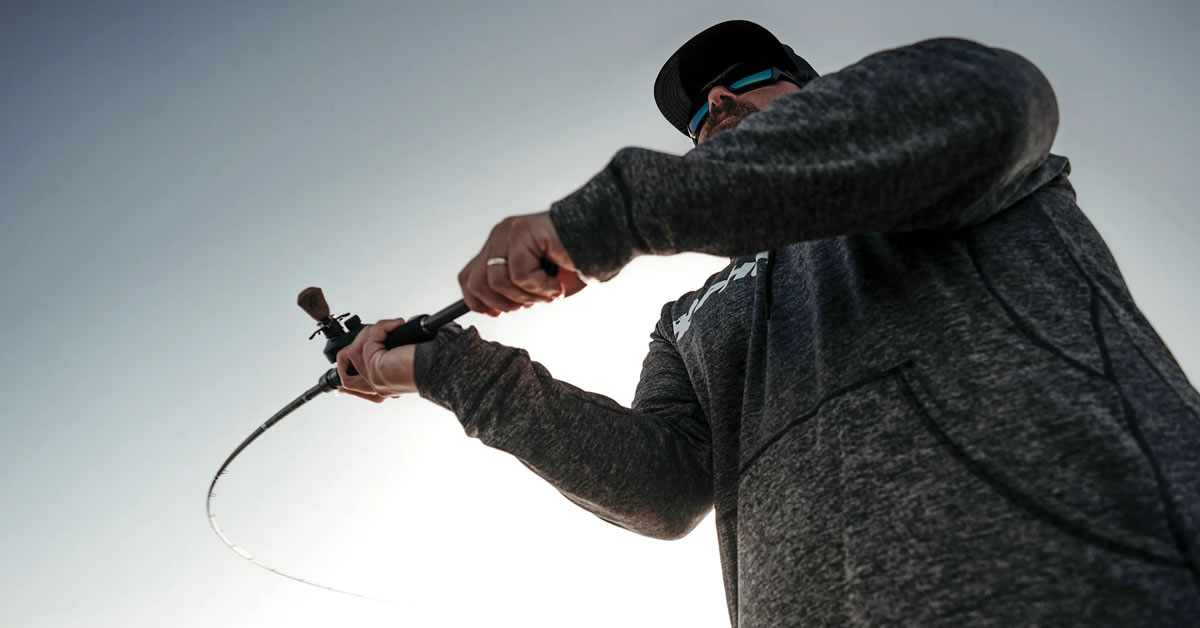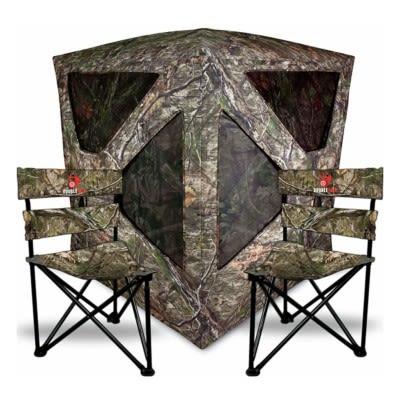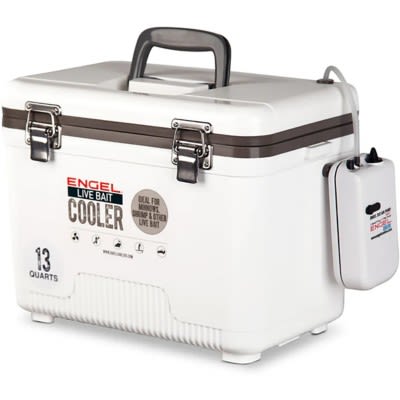Fishing Rods: Lengths, Powers and Actions
It's easy to become overwhelmed by the sheer number of different fishing rods available today. In its quest to offer anglers the upper hand in any fishing situation, St. Croix Rod, the Park Falls, Wisconsin-based, family-owned American rod manufacturer, offers over 700 distinct rod models alone.
So, how does one go about making the right choice?
There are many variables that affect a fishing rod's performance and price, including materials, components, engineering, manufacturing technologies, and much more. But, moving into the more-fundamental realm of what a fishing rod actually needs to do in a given situation, basic performance is dictated by three primary variables: length, power, and action.
Length and power are almost always printed somewhere on any fishing rod. St. Croix reveals all three. In addition to the range of line and lure weights the rod was designed for, every St. Croix spinning and casting rod features a distinct model number that clearly reveals its length, power and action. For example, the characters in MJS70MF stand for Mojo Bass (series), spinning (type), 7'0" (length), medium (power), and fast (action).
Length
While it often takes a backseat to power and action considerations, length is a very important variable that will affect how a rod performs in any fishing application, as well as how comfortable the angler will be while doing it. While there are extremes on each end of the spectrum, most modern fishing rods are somewhere between 5'6" and 9' in length, and the vast majority are in a sweet spot between 6'6" and 7'6" long.With respect to casting, rod length can affect both accuracy and distance. Generally, a shorter rod allows for more accurate casting because it is more manageable and maneuverable. For this reason, a shorter rod can be a better choice when longer casts aren't needed. But when anglers need to make longer casts - often in clear- or shallow-water situations - a longer rod provides the increased leverage to deliver the lure farther.
There are also presentation considerations. Presentation means just what it implies; how will an angler's lure or bait be presented to the fish the angler is targeting? Will it be cast out and reeled back in on a straight retrieve? Be hopped along the bottom? Worked back and forth on the surface? Jigged straight up and down vertically? In these and any other cases, a rod's length will make it easier or more difficult to present the lure or bait in the intended manner. Fishing a deep-diving crankbait that takes a longer retrieve to get down into the strike zone is an example of a presentation in which a longer rod capable of longer casts is advantageous. Fishing from a seated position in a kayak is another, because a longer rod is helpful in being able to fight a fish around the front of the boat. Conversely, fishing a jig vertically directly beneath the boat - especially in windy conditions - is a good example of a presentation in which a shorter rod will shine.
Among other things, fishing rods are levers that provide anglers with a mechanical advantage. This not only comes into play with casting distance, but also when setting the hook and fighting a fish. A short rod will provide ample leverage to hook and fight a fish that is directly or nearly below the angler, but more leverage is needed to effectively hook and fight a fish that is farther away. Fortunately, longer rods that are capable of casting lures farther also do a better job of allowing the angler to pick up a bunch of line and set the hook on a fish at distance, while also creating increased leverage to aid in more easily bringing a distant fish back to the boat. Think of it as a game of angles; the farther away a fish may be horizontally, the smaller the angle and the harder it is for an angler to apply upward pressure. A longer rod increases the angle, as well as the leverage that can be used to hook and fight the fish.
Comfort is another consideration in determining optimal rod length. We've already established that rods are levers and, therefore, longer rods are capable of creating more mechanical advantage. That said, anglers come in all different sizes, and smaller anglers will experience more torque and fatigue with longer, heavier rods. At this point, the consideration of rod length becomes one of personal preference. How much rod can you handle comfortably?
To wrap up our discussion on length, there's a reason why so many modern fishing rods are between 6'6" and 7'6" long. It's because a rod of this length does a lot of things - most of the things we've talked about above - really well.
Power
A rod's power typically ranges from ultra-light to extra-heavy and refers to how much force it takes to flex it. Rod power is important for a several reasons. Most importantly, it largely dictates the range of lure weights and line sizes the rod was designed to cast, but it can also be used as a reference for the size and strength of fish the rod was designed to fight.Power is an important factor in rod-selection because properly matching a rod to the type of line and lure that will be used is key to obtaining reliable performance. In other words, a light-power rod rated for 4-8-lb. line and 1/16-1/4-oz. lures would not be adequate to cast a 5/8-oz. spinnerbait for bass or present a 1-oz. jig for walleye. In this case, the underpowered rod could potentially fail and disappoint the angler. Similarly, a medium-heavy power rod designed for 8-14-lb. line and 3/8-3/4-oz. lures wouldn't fail if used to present a 1/16-oz. jig for crappie, but it wouldn't load or cast as designed, would be heavier and more cumbersome than the job requires, may tear the fish's delicate mouth, and would also disappoint the angler.
At the least-stiff end of the power spectrum, ultra-light rods have the least amount of power and are suitable for presenting small baits on light line, generally to smaller fish. At the upper end, extra-heavy rods provide maximum power for presenting large baits on the strongest of lines to do battle with large predators. Medium-light, medium, and medium-heavy are the most popular rod powers and represent the sweet spot for most angling situations.
Action
While power refers to how much force it takes to deflect or bend a rod, action describes where that deflection takes place along the rod's length. A fishing rod is most powerful in its butt section, and that power diminishes incrementally the closer you move towards the tip. Different actions move those transition points. Faster action rods flex mostly near the tip, providing fast access to the rod's powerful mid and lower sections. Moderate action rods are more forgiving, bending past the tip and into the middle, while slower action rods flex all the way down into the butt section. Fishing rod actions range from slow to extra-fast. Since action is expressed as a function of time, think about a rod's action as how quickly you can access the rod's power when you apply force, either to cast, to move the lure in the water, to set the hook, or change a hooked fish's direction. Another way to visualize rod action is think about the amount of time it takes for a rod to recover - or straighten out - after applying such a force.Extra-fast action rods deflect near the tip, and then taper very quickly to a stiffer mid and lower section. This design generally delivers maximum sensitivity, great casting accuracy, and the ability to make fast and powerful hook sets. Extra-fast rods can be used in a variety of fishing situations but are most popular with single-hook applications like worming and jigging.
Fast action rods are very popular with anglers because of their versatility. They do many things well, delivering great sensitivity, accuracy, and fast hook sets, while providing additional "forgiveness" that comes from a bit more deflection in the rod's upper section. Why would an angler want a bit more deflection in this location? There are many reasons, but one example would be jigging for walleyes using braided line in deeper water. Since braided line does not stretch, a bit more deflection in the rod could easily be the difference that keeps a walleye from tearing the hooks free during a powerful head shake.
Moderate action rods bend past the tip and into the rod's middle section. For this reason, moderate action rods are even more forgiving, which makes them a great choice for presenting moving baits or "reaction" lures like crankbaits - especially those equipped with treble hooks. In addition to providing good casting distance, a moderate action rod does a great job absorbing and softening the often-violent shock a fish imparts on the line and rod when it hits a moving bait. Ultimately, it's this softer forgiveness - bending into the middle - that keeps the hooks in the fish's mouth not only on the strike, but also throughout the fight.
This one - moderate-fast action - appears out of order in the rod action hierarchy, but it's important to understand fast and moderate actions independently before splitting the middle. That's exactly what a moderate-fast action rod does - splits the middle between fast and moderate. It bends further from the tip than a fast-action rod, but not as deeply into the middle section as a moderate action rod. This is another action that's very popular with anglers, again, because of its versatility. Moderate-fast action rods deliver better sensitivity and hook-setting capability than a moderate action rod and are great choices for presenting single-hook moving lures like spinnerbaits, swim jigs, swim baits, and bladed jigs, as well as surface wake baits.
Slow action rods bend way down into the butt section. This action was very popular in the past when rods were primarily made from bamboo and fiberglass but are relatively rare in today's fishing applications due to the use of modern carbon and composite rod-building materials. Slow action rods are good for fighting larger fish on light line and are typically only seen in some specialized ultra-light and fly-fishing applications.
Length, Power and Action Made Easy
Now that we understand the individual roles length, power and action play in selecting the right fishing rod for the fishing situation at hand, how do we consider them in totality? Action and length are good places to start, but St. Croix does a couple unique things that make rod selection even easier.St. Croix makes many different rod series - Bass X, Mojo Musky, Panfish, Trout, and Eyecon ('eye as in walleye) to name a few - that have the target species right in the series name. All the individual rod models in these named series are optimized for presentations that target those fish. As mentioned previously, all St. Croix spinning and casting models are also marked with line- and lure-weight ratings, so anglers can easily choose the rods that will perform best with the lines and lures they plan to use most often.
Finally, many individual rod models in several St. Croix series such as Eyecon, Mojo Bass, Mojo Bass Glass, Mojo Musky, Victory, and Legend Tournament are also printed with a name that corresponds with the specific presentation they were designed for. This helps take the guesswork out of rod selection altogether. It's important to note, however, that any rod St. Croix names for a specific presentation will excel in other techniques and applications, too. The 74HF casting model in the Legend Tournament Bass series, for example, is named Slop n Frog because it performs exceptionally for fishing frog lures on top of heavy vegetation, but the same rod is a fantastic choice for fishing heavy football jigs on the bottom.
Parting Words
It's also worth mentioning that some of St. Croix's most popular lengths, powers and actions are available in different St. Croix series to provide anglers additional choices with respect to performance and value.Do you remember the example rod we mentioned earlier to explain the St. Croix coding system? We used S70MF (spinning, 7'0" length, medium power, fast action) for a reason. It's one of our most popular rod configurations because it's so versatile and handles many different presentations well. It's available in several of our most-popular series at a variety of different price points including Triumph, Premier, Mojo Yak, Avid, Avid Pearl, Avid X, Avid Trek, Legend Elite, Legend X, Legend Xtreme, Triumph Inshore, Mojo Inshore, Avid Inshore, Legend Tournament Inshore, and Legend Xtreme Inshore, and is a great starting point for many angling situations.
With so many individual anglers pursuing a multitude of different fish species with a wide variety of lures in diverse locations and settings, it's easy to understand why St. Croix crafts so many different rod models. It isn't to confuse anyone; these are the choices our anglers and their fishing situations demand. Your St. Croix Dealer or the St. Croix Guide Center can always help answer any remaining questions you may have about rod selection. Learn more at stcroixrods.com.


